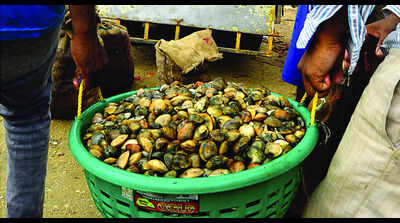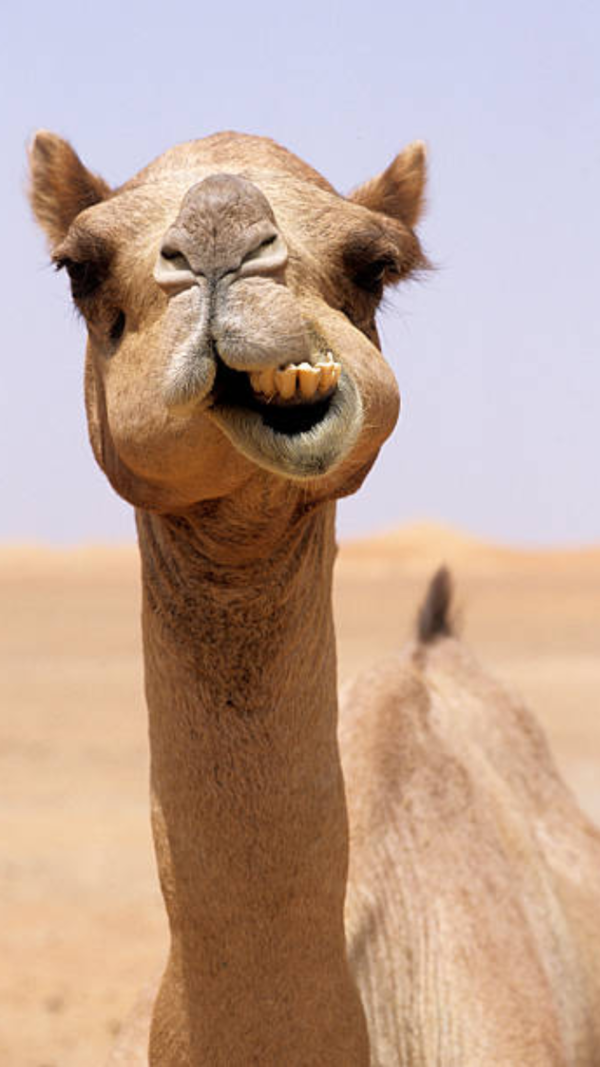Panaji: With Goa’s culinary delicacies ‘tisreo’, ‘menddio’ and other shellfish species facing extinction due to unregulated harvesting, biodiversity managers and others said strict implementation of the Goa State Biodiversity Board (GSBB) guidelines for bivalve harvesting is inevitable to ensure sustainable practices and rejuvenation.
Just a few decades ago, Goa boasted of a rich marine biodiversity with over 200 species, including dozens of shellfish species comprising bivalves, crabs, crustaceans and others, according to a study an NIO team led by fisheries scientist, Baban Ingole. But many species like green mussels (xinnanneo) and lesser known ones have almost disappeared from a number of habitats.
In recent months, clams (tisreo) are hardly being seen in the marketplace. Overexploitation and other factors like pollution are attributed to their depletion over the years.
The indiscriminate raiding of shellfish hotspots had continued for a couple of decades across Goa. But a few years ago, an outcry over the massive plunder of ‘tisreo’, oysters (kalvam) and the endangered windowpane oysters (menddio) at Chicalim and Sancoale paved the way for the GSBB guidelines in March 2022.
The stoppage of mining had brought about a significant bivalve rejuvenation in Chicalim bay. But raiders from outlying villages ravaged the habitat, taking away even juveniles and disturbing the regeneration cycle.
GSBB came to Chicalim biodiversity management committee’s (BMC) rescue with guidelines for regulating harvesting. The board notified them on Sept 19, 2022 for Goa’s riverine and coastal areas for “controlled harvesting and conservation of edible clams, other shell fish and critical bio-resources”.
However, unregulated extraction of shellfish continues due to hurdles and other factors in implementing the guidelines. At Chicalim, scores of clam pickers are carrying away huge quantities of the bivalves.
“Sooner but not later, Goa will have to work out mechanisms to enforce clam or shellfish harvesting guidelines, even with police assistance, for the entire state,” Ingole said. He cited the disappearance of green mussels as a worrisome case of depletion of shellfish biodiversity. “Goa may slowly lose these important food resources and we may have to depend on Karwar for clams,” he said.
Quelossim, barely 10km east on the Zuari riverfront, was another shellfish biodiversity hotspot. “We would get clams aplenty once, but now we get only some ‘maddoyo’, pink-coloured shellfish like ‘tisreo’ and ‘chuddio’,” chairman of the Quelossim BMC, Lopinho Xavier, said.
Quelossim’s ‘tisreo’ hotspots of Parampoi and the Cortalim border are now degraded habitats. Sudhakar Joshi, a traditional fisherman from Betul, narrated how a bumper ‘tisreo’ produce last year near the Sal river’s mouth had been wiped by raiders. “Gangs of them even in tempos from distant places scratched the river bed bare of ‘tisreo’ before they matured,” he said.
Later, the local women shooed away raiders. “Everybody extracted wastefully beyond their needs. This year, there is nothing. Sewage and other types of pollution is also an issue,” he said.
The general understanding among the people is that natural resources are to be shared by all. “But the number of people cannot exceed the levels wherein germ plasm comes under threat,” GSBB member secretary, Pradip Sarmokadam, said.
He suggested ‘no-go areas’ within the location to keep seeds for the future. “Policing huge crowds for extended periods being difficult, creating awareness about sustainable practices is a better option but challenging too,” he said.
A carrying capacity study of individual sites across Goa needed to enforce the guidelines, Ingole said. “Preserving some brood stock is critically needed for regeneration of shellfish resources year after year,” he added.










